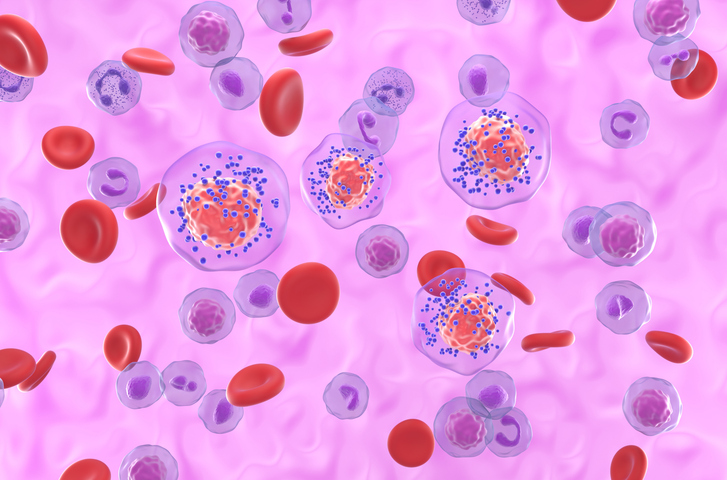
Breast cancer survivors treated with hair loss drug spironolactone did not have a greater risk for recurrence, according to a study.
Alopecia is a common side effect of certain cancer treatments. An estimated 65% of patients who undergo chemotherapy suffer from alopecia, as do nearly all patients who receive radiotherapy to the head and 15% of those on targeted therapies.
The effects of alopecia are more than skin deep, creating a significant need for viable, effective treatment options, according to Memorial Sloan Kettering Cancer Center: “In previously published studies, 17 percent of women with gynecologic cancers said that alopecia was the most traumatic adverse event during their treatment, 30 percent reported they were severely limited by it, and up to 14 percent said they would consider rejecting curative therapies associated with alopecia.”
Although women may be topically treated with minoxidil, which is approved by the Food and Drug Administration, some may use spironolactone off-label, and the potential associated risks have not been fully explored.
“Spironolactone is used for androgenic alopecia because of its ability to halt the progression of hair loss and its long-term safety profile,” said senior study author Adam Friedman, MD, interim chair and professor in the Department of Dermatology at the GW School of Medicine and Health Sciences, director of the Supportive Oncodermatology Clinic at GW Cancer Center, in a press release. “However, little is known about its safety in breast cancer survivors, which is of concern considering the drug’s estrogenic effects could pose a theoretical risk of breast cancer recurrence.”
Dr. Friedman and colleagues retrospectively reviewed the Humana Insurance database and used International Classification of Disease codes to identify patients with a history of breast cancer. Patients were stratified by spironolactone prescription and propensity score-matched 1:1.
The rate of breast cancer recurrence in the spironolactone group was 16.5% (n=123), compared to 12.8% (n=3,649) among patients without a spironolactone prescription (P=0.004). In adjusted Cox regression analysis after propensity score matching, spironolactone was not correlated with increased risk for recurrence (adjusted hazard ratio=0.966; 95% confidence interval, 0.807 to 1.156; P=0.953).
“According to our analysis, spironolactone is not independently responsible for increased risk of breast cancer recurrence,” Dr. Friedman said. “The drug could be used as an additional treatment option for alopecia in female breast cancer patients who are disease-free.”
The study was published in the Journal of the American Academy of Dermatology.
The authors called for future prospective and clinical studies to confirm their findings.







 © 2025 Mashup Media, LLC, a Formedics Property. All Rights Reserved.
© 2025 Mashup Media, LLC, a Formedics Property. All Rights Reserved.